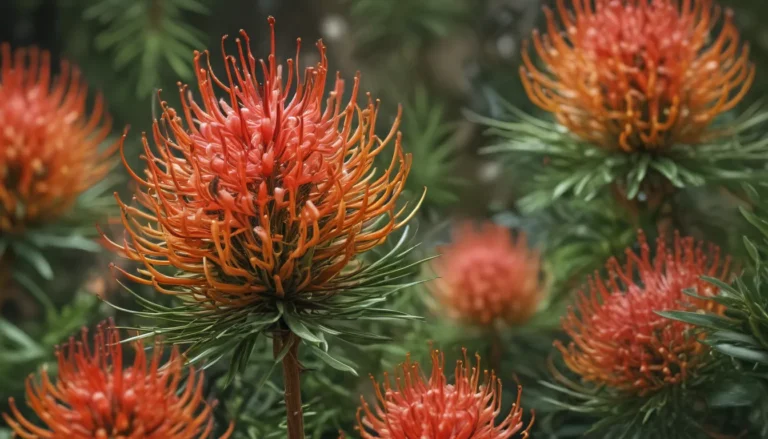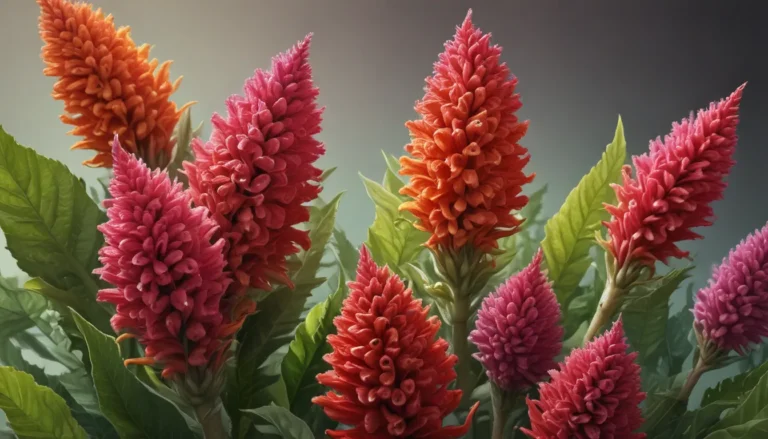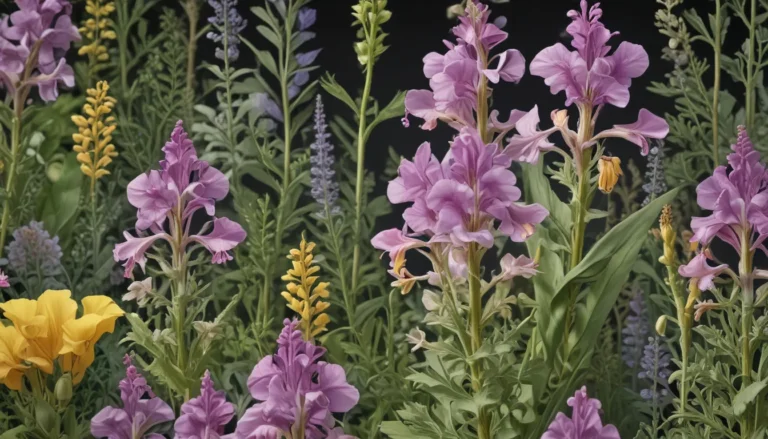The pictures we use in our articles might not show exactly what the words say. We choose these pictures to make you interested in reading more. The pictures work together with the words but don’t take their place. The words still tell you the important facts.
Welcome to a journey through the enchanting world of the Baobab tree, affectionately known as the "Tree of Life." This botanical marvel has captured the hearts of many cultures across Africa, Madagascar, and Australia with its unique features and rich symbolism. Join us as we uncover 15 intriguing facts about the Baobab tree, shedding light on its remarkable characteristics and the essential role it plays in the ecosystems it inhabits. From its longevity and resilience to its cultural significance and diverse uses, the Baobab tree is a source of wonder and inspiration. Let's embark on this enlightening exploration to gain a deeper appreciation for one of nature's most iconic treasures.
Discovering the Tree of Life
The Baobab tree, also known as the "Tree of Life," is a symbol of resilience and sustenance in Africa. It provides food, water, and shelter for humans and animals in arid regions, showcasing its adaptability and vital role in local ecosystems. With its massive trunk, ability to store water, and nutritious fruit, the Baobab tree inspires awe and conservation efforts, captivating scientists and researchers alike.
Unveiling the Secrets of the Baobab Tree
-
The Baobab tree's longevity: These majestic trees can live for thousands of years, with some specimens believed to be over 6,000 years old. Their enduring presence makes them iconic symbols of resilience and longevity in African folklore and traditions.
-
Water storage: The Baobab tree's trunk can store thousands of gallons of water, enabling it to thrive in dry and arid environments. This adaptation is crucial for the tree's survival in regions with minimal rainfall, providing sustenance for both humans and wildlife during droughts.
-
Distinctive appearance: With its colossal trunk and sparse, expansive branches, the Baobab tree presents a striking silhouette on the African landscape. Its unique shape has inspired numerous legends and stories across the continent, adding to its mystique and allure.
-
Cultural significance: In many African societies, the Baobab tree holds deep cultural and spiritual importance. It is considered a sacred symbol, with various rituals and ceremonies conducted beneath its canopy. The tree features prominently in traditional African art, folklore, and religious practices.
-
Nutritious fruit: The fruit of the Baobab tree, known as "superfruit," is rich in essential nutrients and vitamins. It is prized for its high vitamin C content, antioxidants, and other beneficial properties, making it a sought-after ingredient in health and wellness products.
Embracing the Ecological Role of Baobab Trees
-
Ecosystem support: Baobab trees play a vital role in maintaining ecological balance in their habitats. They provide shelter and sustenance to numerous animal species, enrich the soil through fallen leaves and fruit, and contribute to the overall health of the ecosystem.
-
Versatile bark: The fibrous bark of the Baobab tree has been used for centuries to create ropes, baskets, clothing, and traditional musical instruments. Its strength and versatility make it a valuable resource for indigenous communities across Africa.
-
Pollination: Fruit bats are the primary pollinators of Baobab trees, spreading pollen from flower to flower and highlighting the interconnectedness of the tree with its surrounding ecosystem.
-
Traditional medicine: The leaves, fruit, and bark of the Baobab tree have been utilized in traditional African medicine for their healing properties. These medicinal uses have been passed down through generations, offering relief from various ailments and health issues.
Appreciating the Baobab Tree’s Global Appeal
-
Tourist attraction: Baobab trees have become popular destinations for travelers and nature enthusiasts due to their awe-inspiring presence and cultural significance. Iconic Baobab specimens attract visitors from around the world, showcasing the tree's enduring allure.
-
Conservation efforts: Conservation initiatives have been established to protect and preserve Baobab trees, recognizing their ecological and cultural importance. These efforts aim to safeguard the future of these ancient trees and the ecosystems they support.
-
Culinary uses: The seeds of the Baobab tree, renowned for their nutritious properties, are incorporated into various culinary creations. From beverages to traditional dishes, these versatile seeds add a unique flavor and nutritional boost to diverse recipes.
Inspiring Inquiry and Exploration
-
Scientific fascination: The sheer size and longevity of Baobab trees continue to captivate scientists and researchers, providing valuable insights into plant adaptation and resilience in challenging environments.
-
Enduring legacy: The Baobab tree's symbolism as a symbol of resilience, sustenance, and cultural significance underscores its enduring legacy across the African continent. Its remarkable adaptations and iconic stature have solidified its place in history, folklore, and the natural world.
Embracing the Beauty of Nature’s Marvel
In conclusion, the Baobab tree stands as a testament to the marvels of the natural world, embodying resilience, cultural richness, and ecological vitality. From its ability to thrive in harsh environments to its diverse contributions to human well-being, the Baobab tree continues to fascinate and inspire people worldwide. As we celebrate this iconic symbol of nature's wonders, let us cherish and protect the Baobab tree for future generations to enjoy.
FAQs: Exploring More About the Baobab Tree
What is the significance of the Baobab tree in African culture? The Baobab tree holds immense cultural significance in Africa, symbolizing sustenance, resilience, and spiritual connection. It is often associated with myths, legends, and traditional rituals in various African societies.
How are Baobab trees beneficial to the environment? Baobab trees play a crucial role in supporting local ecosystems by providing habitats for wildlife, enriching the soil, and acting as a vital water source during dry seasons. Their presence contributes to biodiversity and ecosystem health in arid regions.
After delving into the captivating world of Baobab trees, you may be eager to explore more wonders of African nature. Dive into the diverse wildlife of African savannas, discover the unique adaptations of African plants, and uncover the secrets of Madagascar's extraordinary biodiversity. Embrace the beauty and diversity of the natural world as you embark on a journey of exploration and discovery with nature as your guide.
Wrapping Up Your Nature Adventure
Our commitment to delivering trustworthy and engaging content is evident in every fact we share. Each insight is contributed by real users, ensuring a wealth of diverse perspectives and information. Our dedicated editors meticulously review each submission, guaranteeing accuracy and credibility. Trust in our commitment to quality and authenticity as you explore and learn with us, diving deeper into the wonders of the natural world.
Enjoy your nature adventure and let the marvels of the Baobab tree inspire your appreciation for the beauty and resilience of our planet's flora and fauna. Thank you for joining us on this enlightening journey through the captivating world of the Baobab tree, a true symbol of nature's enduring wonders.






